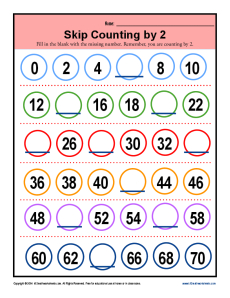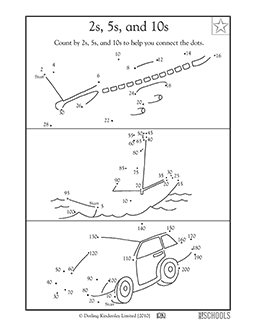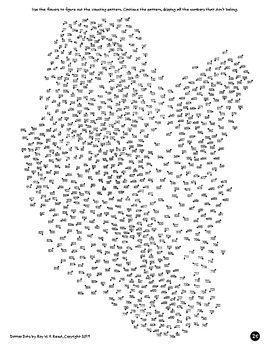

Establishing the relationship between the multiple numbers to compare and order them in a sequence or predefined patternĢ.Applying the counting strategies to solve math word problems using various learning tools such as base-10 blocks and counters.Representing 2 and 3-digit numbers verbally and textually for easy counting and to understand basic math operations such as addition and subtraction.Assimilating the counting concepts by incorporating the knowledge of decimal digits and the associated arithmetic value.Introduction to the basic methods of counting by identifying distinct objects and enumerating them when bundled together.Projected learning outcomes from the math lessons of preschool education are enlisted as follows: In later grades, kids learn to arrange digits in an order to write consecutive numbers and deduce arithmetical values by comprehending. Basic puzzles for 3 year olds such as counting, identifying shapes, cubical blocks or colors through verbal math lessons initiate the learning. Learning & outcome: The counting of objects using symbols 0 to 9 of the decimal number system is the early exposure to learn math. The following section outlines the projected learning and the corresponding outcomes.ġ. Starting from the kindergarten, development of the number-sense in each grade enhances the counting skills. Kids learn to identify, group and classify objects in an order with the techniques of counting to answer math problems.

The first step to embrace math initiates with counting. Upcoming section reviews the significance of math games for learning to count. With each grade in the preschool educational curriculum, “counting” methods are nurtured by employing various math tools and procedures. The earliest interaction to counting in kids start from counting their body parts such as eyes, fingers, toes, ears, and others. The mathematical techniques and strategies used to learn “counting” lay the basis for comprehending number sense and place-value pertaining to numbers. These things can be objects such as crayons, pins, beads as well as days, months or any other measurable attribute or quantity. The numbers formed by the digits are used to count numerous things. The concept of counting refers to the enumeration using digits 0 to 9. In later grades, children learn to skip count by 2s, 5s and 10s and representing bigger numbers using the place value system. Q3: Till what number a child should be able to count in every grade?Īns: A kindergartener should be able to count till 20, a first grader should be able to count till 100. Once they can easily count things up to 5, they can be gradually taught to count larger quantities using other counting techniques. They may also use counters to count all the objects.


Q2: How do we introduce counting to kids?Īns: We can introduce counting to kids by looking at the things and objects in our surroundings and asking them "how many objects are there"? Kids learn to count by using their fingers. Kids can learn counting numbers by playing games or using fun drawing and coloring activities and worksheets Further, they can also count forward or backward to practice counting. Q1: What are the activities to learn counting numbers?Īns: To learn counting numbers, students can use pictures to count, they can also count on fingers or use counters to count.


 0 kommentar(er)
0 kommentar(er)
